Performance Reviews Don’t Start at the End of the Year
It may not seem important, but I greatly appreciate it when I read stories or guidance on how to maximize employees’ performance evaluations. A recent story in the Nonprofit Times did just that. But it failed miserably with what it was missing.
The February story around the four tips for meaningful performance reviews highlighted four important aspects that managers and leaders should take regarding performance reviews. All four were appropriate. Specifically, the article discussed the idea of talking about performance in totality throughout the year, including other members of the team to be a part of the feedback, talking about the review from a strengths perspective, and not allowing for any surprises to include not only regular check-ins during the year but also providing appropriate time for feedback. All good things.
So where was the failure?
Nowhere in the article is there a conversation about setting the year up correctly for an employee. For me, the most important part of a performance review is at the beginning of the year when you set the goals or objectives for the employee. Is that employee an active part of the goal-setting process? Are the goals actually obtainable? Are there metrics or objectives that are not just end results but intermediate numbers/goals that would help establish appropriate timelines leading up to final objectives? And most importantly, how do an individual's goals lead to a department’s, office’s, or organization’s overall goals?
There's not one thing I disagree with in the article. It's what's missing that's frustrating.
Even if you follow all four suggestions mentioned in the article but the employee wasn't a part of the establishment or process to lay out the goals and objectives, as a leader, you're already in the hole a couple of feet before you ever begin a year-end conversation. The more we spend time at the beginning of the year talking about what is expected, the better the conversations will be at the end of the year during an evaluation. And the better the employee will embrace the goals when they have an active role in establishing realistic objectives from the very beginning.


